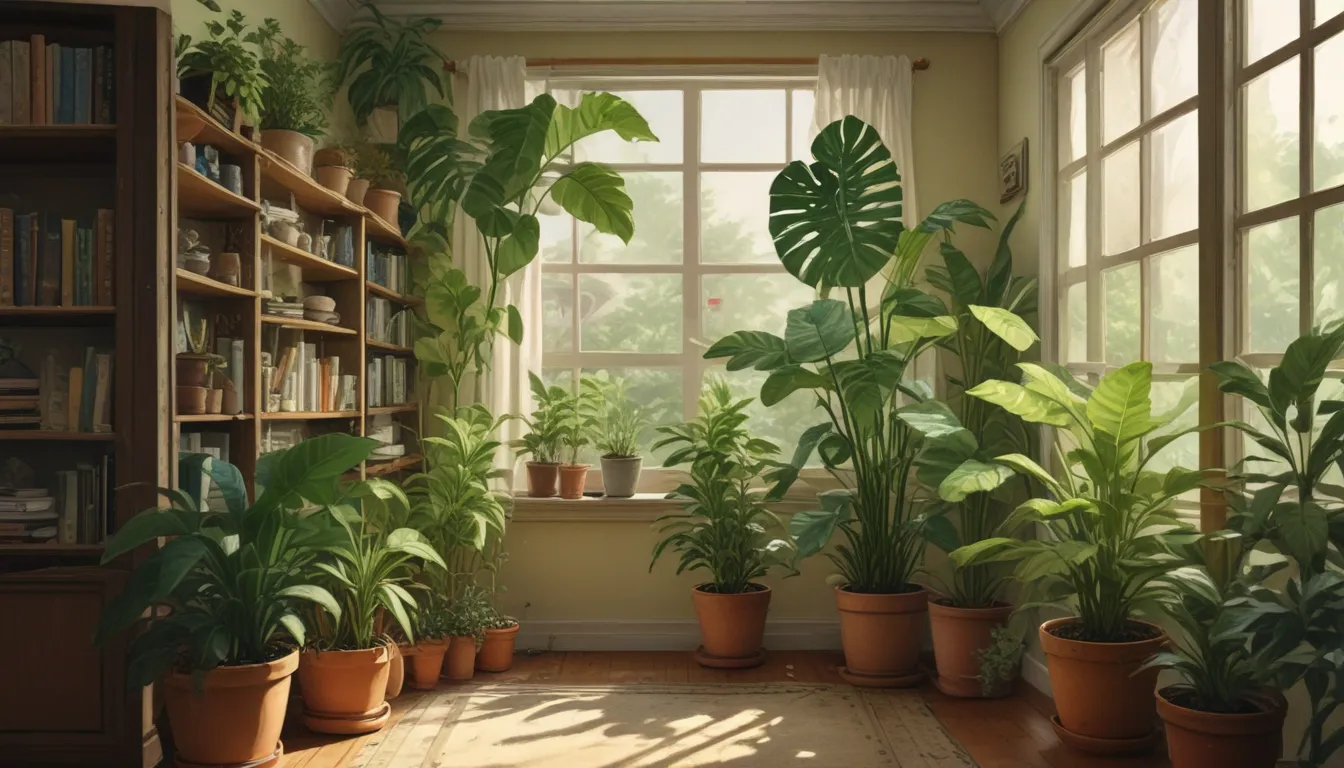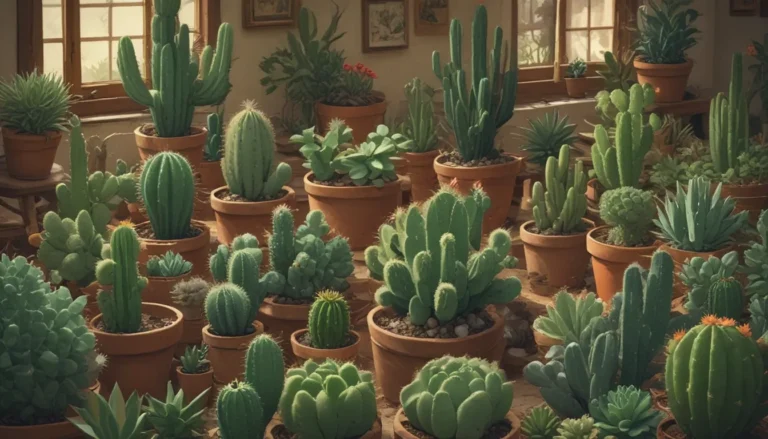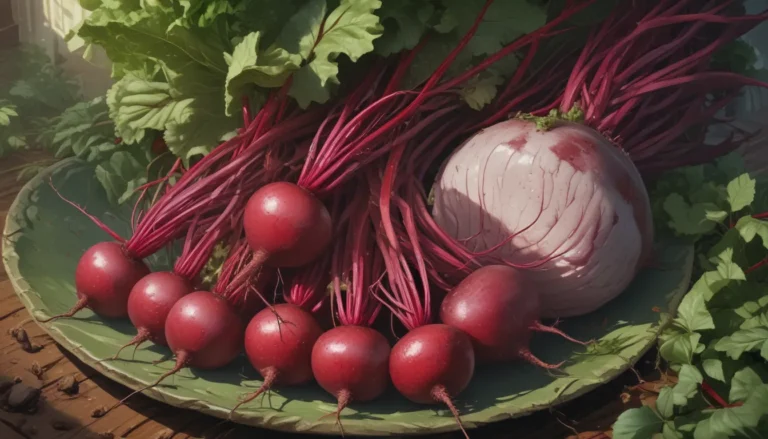An In-Depth Guide to Growing and Caring for Dumb Cane Houseplants

Are you tired of high-maintenance plants that require a lot of attention and care? If so, then it’s time to meet the dumb cane plant, also known as Dieffenbachia. This easy-to-care-for houseplant is perfect for those who want to add some greenery to their homes without the hassle of constant maintenance.
In this comprehensive guide, we’ll walk you through everything you need to know about growing and caring for dumb cane. From cultivation and propagation to pruning and maintenance, we’ll cover it all. So, grab your gardening gloves and let’s dive in!
What You’ll Learn:
- Cultivation and History
- Propagation
- How to Grow
- Growing Tips
- Pruning and Maintenance
- Cultivars to Select
- Managing Pests and Disease
- Best Uses
- Quick Reference Growing Guide
Before we get into the nitty-gritty details of caring for dumb cane, there’s one important thing you need to know: this plant is toxic to humans and pets if ingested, and its sap can irritate the skin and eyes. So, if you have curious toddlers or pets, it’s best to keep them away from this plant.
Cultivation and History
Dieffenbachia plants are native to the Caribbean, South, and Central America. They have naturalized in various parts of the world, including Hawaii, Fiji, and Singapore. The genus was named after Joseph Dieffenbach, the head gardener of the Austrian Botanical Gardens, by Austrian botanist Heinrich Wilhelm Schott.
The plant earned the nickname “dumb cane” due to the effect it has if any part of it is ingested. It contains calcium oxalate crystals that can cause swelling of the mouth and throat if ingested, leading to severe health issues.
Despite its dark past and toxic properties, dumb cane has been used historically for medicinal purposes and as a popular home decor element, particularly during the Victorian era.
Propagation
There are several methods to propagate dumb cane, including air layering, stem cuttings, and division. Air layering involves encouraging roots to form on a stem before separating it from the parent plant. Stem cuttings can be planted in soil to develop new plants, while division works best for plants with multiple stems growing from one root ball.
How to Grow
Dumb cane plants thrive in partial shade and prefer moist, well-draining soil. They can tolerate low light conditions, but they grow more slowly in such environments. Watering requirements include allowing the top inch of soil to dry out between waterings, and fertilizing every six weeks with a balanced fertilizer.
Growing Tips
- Allow the top inch of soil to dry out between waterings.
- Provide bright indirect light or low light conditions.
- Feed every six weeks with a balanced fertilizer.
Pruning and Maintenance
While dumb cane plants don’t require extensive pruning, removing any shriveled or discolored leaves can help maintain their appearance. Propagating leggy plants or trimming the stem back to encourage new growth are also options for plant maintenance.
Cultivars to Select
Dumb cane plants come in various cultivars with different foliage patterns and sizes. Popular options include ‘Camille,’ ‘Compacta,’ ‘Exotica,’ ‘Marianne,’ ‘Rudolph Roehrs,’ ‘Tropic Snow,’ ‘Superba,’ and ‘Vesuvius.’ Each cultivar offers unique characteristics and growth habits.
Managing Pests and Disease
While dumb cane is generally resilient, common pests like aphids, mealybugs, and spider mites can infest these plants. Additionally, fungal diseases like anthracnose and bacterial leaf spot can affect their health. Treatment options include neem oil, insecticidal soap, and biological fungicides.
Best Uses
Dumb cane plants are versatile and can be used as container specimens indoors or outdoors in Zones 10-12. They are ideal for brightening up dark corners, adding texture to interiors, and filling large spaces with their dramatic foliage.
In conclusion, growing and caring for dumb cane plants doesn’t have to be complicated. With the right conditions and a little bit of maintenance, these low-maintenance houseplants will thrive in your home. So, why not give dumb cane a try and enjoy the beauty they bring to your living space?
With this comprehensive guide, you are well-equipped to embark on your journey of growing and caring for dumb cane plants. Happy gardening!
*Photos by Kristine Lofgren and other sources.





